Inside Australia’s incredible tech advantage for the Paris Olympic Games
Australia is doing everything it can to prepare for the Olympics, creating some of the best tech in the world to give our athletes a one up. CODE Sports takes you through the best secrets ahead of Paris.
Sport
Don't miss out on the headlines from Sport. Followed categories will be added to My News.
Citius, Altius, Fortius, Communiter … Captoisus?
The Olympic motto for “faster, higher, stronger and together” could yet require a new latin word with Australian sporting teams leading a “smarter” revolution in technological advances that could pay dividends in Paris.
From 4K tactical race analysis in swimming, to precision laser designed fins in kayaking or 3D printer goggles in canoe slalom, Australian athletes are benefitting from some of the most unique cutting edge advances in sport.
As Swimming Australia’s General Manager of Performance Supper and Olympic Campaign Jess Corones said: “You’ve really got to try and stay ahead of the game and use all the technology that’s available, otherwise you’ll fall behind.”
CODE Sports takes you through some of the secret technological advances that Australian athletes are using to help win gold in Paris:
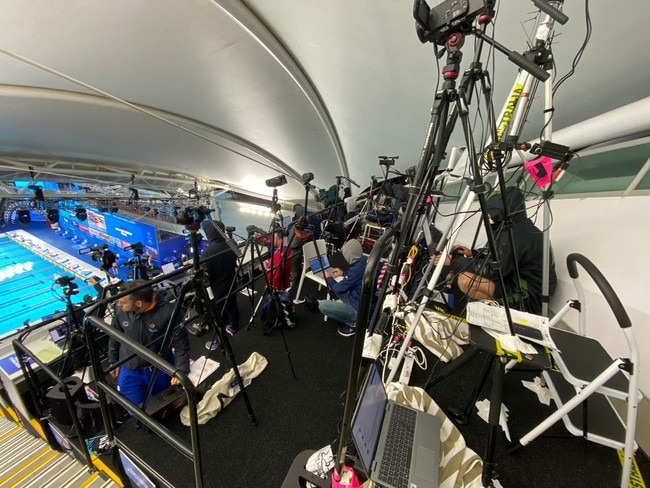
Australia leading swimming’s ‘arms race’
Australia’s swimmers have developed a secret weapon they hope will propel the Dolphins to unprecedented success at this year’s Paris Olympics.
In a sport where medals are decided by fractions of seconds, Swimming Australia has gained an edge over their main rivals in the pool through the use of cutting-edge technology.
The high-tech gadget they have is a stationary 4K camera that is fitted with a custom-built software program that enables SA’s analytics experts to monitor real-time data and identify any areas of improvement.
The program is called “Swim Performance and Race Tactical Analysis” but is known in the sport’s high-performance circles as Sparta-2. It is the envy of the swim world because other countries know about it but just haven’t been able to replicate it.
“There’s nothing commercially available on the market so it’s kind of a little bit like an arms race agent as to who has the best developed software,” said Corones.
“It’s always quite funny up there in the back of the grandstands. Those first couple of days, everyone’s looking at what other countries have got and trying to sneak behind and see how they’re doing that.
“Those countries know we’re using 4k computer vision, so that’s not a world class secret, but it’s the algorithms and what happens in the background that is probably the secret to it.”
The Australians have been using computerised cameras for years to track the performances of their elite athletes but what separates Sparta-2 from their previous models is that it provides real-time and historical data on every athlete within 15 minutes of a race.
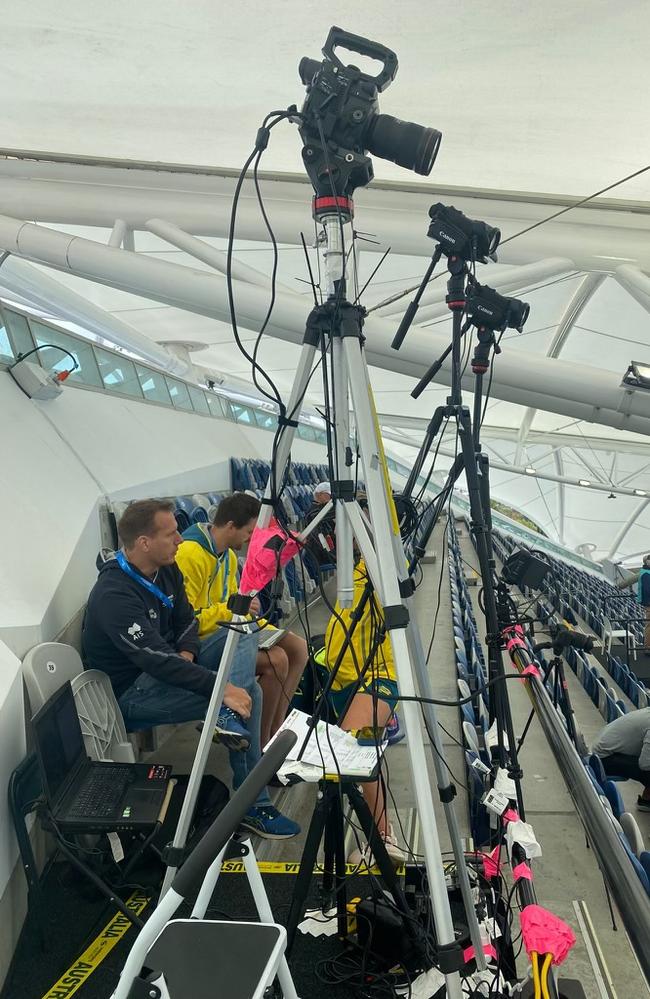
What that means is SA’s experts can immediately see where they might be gaining and losing time against their rivals and make the necessary adjustments before the next time they stop in the blocks.
So for Olympic swimmers, whose events often include separate rounds of heats, semis and finals, that can literally mean the difference between gold, silver and bronze.
“By analysing all the swimmers, it gives our coaches a really deep understanding of the events that they’re preparing our individual athletes for so they develop bespoke race plans for them,” Corones said.
“From a psychological perspective, the sooner we can have clarity on what they need to do that night and the sooner they can start to prepare for that.
“One of the things that we’re really great at in Australia - and this is credit to our coaches - is their ability to understand the data and how to apply it. You can’t underestimate the intelligence and the experience of the coaches we have.
“The swimmers also have to be able to execute it all, but it’s just one of those things that you’ve really got to try and stay ahead of the game and use all the technology that’s available, otherwise you’ll fall behind.”
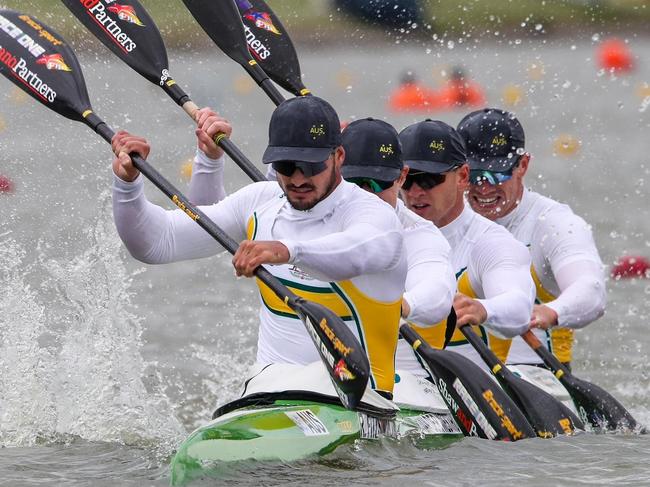
Top secret laser designs to make ‘blink-of-the-eye’ difference
The engineering department at the Australian Institute of sport is secretly testing laser designed fins and rudders that will give our K4 team greater stability and power off the start line in their quest to win gold in Paris.
The K4s are the F1s of the kayaking world - a precision craft powered by four human engines that propel an 11m boat over a 500m course in less than 90 seconds.
Finding those cutting edge design improvements which can boost performance even by fractions of a seconds can be the difference between winning gold and finishing off the Olympic podium at Vaires-sur-Marne Nautical Stadium.
Paddle Australia head of performance support and innovation Dr Mark Osborne teamed up with the AIS engineers to test and fine tune different fin and rudder combinations to find the best performance advantage for the K4 boat at the AIS’s 50m indoor pool in Canberra.
Using several prototypes engineered from aluminium, Australia’s K4 men’s team of Riley Fitzsimmons, Jackson Collins, Pierre van der Westhuyzen and Noah Havard are filmed performing their explosive starts in the AIS pool with each set-up.
Osborne and the sports scientists then conducted extensive video analysis from several angles above and below the water to identify performance improvements.
“If you imagine a men’s K4 or a women’s K4, it’s an 11-metre long boat and when you start (a race), there’s quite a lot of movement in the boat,” Osborne said.
“Can we basically minimise that? That was the whole aim.
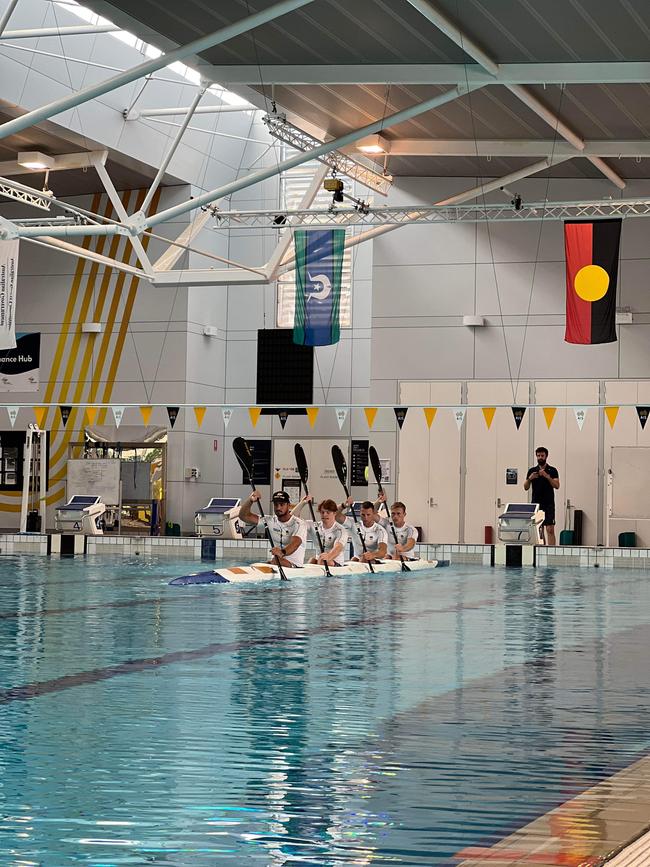
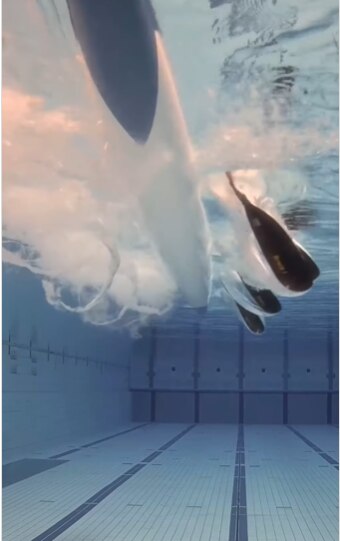
“The engineering guys came up with a few options to trial,” Osborne said of the trials
“They laser cut them out of aluminium to start with because that’s cheap and easy and can make up a number of options using available tools.”
Think of the secret project that has been conducted within rules and parameters set by the International Canoe Federation as the kayaking innovation equivalent of the winged keel that helped Australia II win the America’s Cup in 1983.
“Based off what we’ve found, we’ve got a final product that we’re in the midst of testing at the moment,” Osborne said.
The new designs might only provide a blink-of-the-eye difference but with cross winds expected on the Vaires-sur-Marne Nautical Stadium course, boat stability and speed off the start will be crucial.
And in the choppy conditions expected, Osborne hopes the effect of the bespoke rudders could be a game changer.
“We think that these sorts of things can make a significant difference,” he said.
“Just the whole act of going down to Canberra and doing some of that testing was really useful.
“Giving the coach an opportunity to just focus on things like the start - yes, it’s only a very small component of the race but it’s still significant.
“Just the act of Jimmy (coach Jimmy Owens) being five metres away from the athletes when they’re doing a start … generally, they do the start and then move on and he’s also driving a speed boat along with them.
“So the ability just to actually coach that aspect was really worthwhile.”
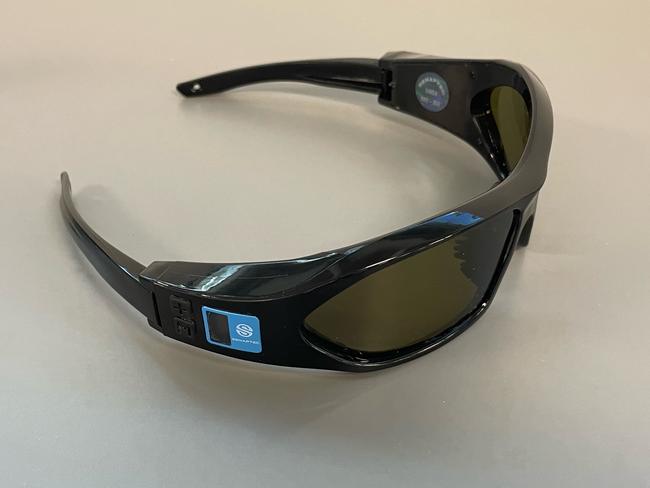
Glasses providing mental strain for physical gain
Using a 3D printer engineers at the AIS have been able to waterproof specialist electronic goggles to assist Australia’s slalom paddlers to enhance the connections between the brain and body while training on whitewater courses.
The Senaptec Strobe training goggles use liquid crystal technology to improve visual acuity, or the ability to see details by using a flashing light that forces the eyes to focus more precisely and boosts peripheral vision.
However, a waterproof version of the high tech goggles didn’t exist so Andrew Jones, an electronics project officer with AIS Engineering, used 3D printing and wireless charging, to create a fully sealed unit that was adaptable to the extreme training regime of the canoe slalom team.
“The idea is that the lenses are electrically stimulated to flash so they blackout in a variety of patterns,” Jones said.
“It’s an extra mental load on them. So something that’s quite easy for them, they’ll do it with these glasses on and it becomes very difficult - and then it’s even easier when they take them off again.
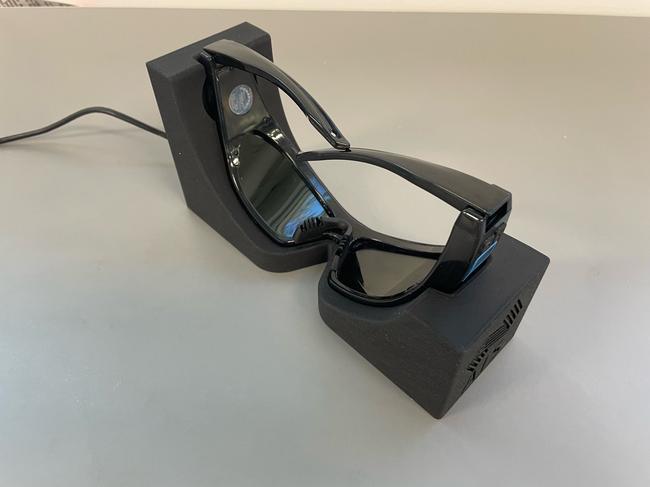
“So it’s to add load in training without adding physical load.”
Jones’s task was to take the goggles apart, examine the electronics inside and find a solution to ensure they could be waterproofed without losing functionality.
Jones said the training goggles project was one of many tackled by the AIS engineers ahead of the Paris 2024 Olympic Games.
“Sometimes (sports) come to us and say: ‘We want exactly this thing’; and they’ve got a very good idea,” he said.
“We’ll still consult with them on whether that’s the optimal solution but sometimes they’ll just have general consultation about problems they’re having and places we can help out … even down to logistics and transporting equipment more safely and more efficiently.
“Across the board, all sorts of things and a lot of personalisation projects, we do a lot of that with our scanning and printing capability.”
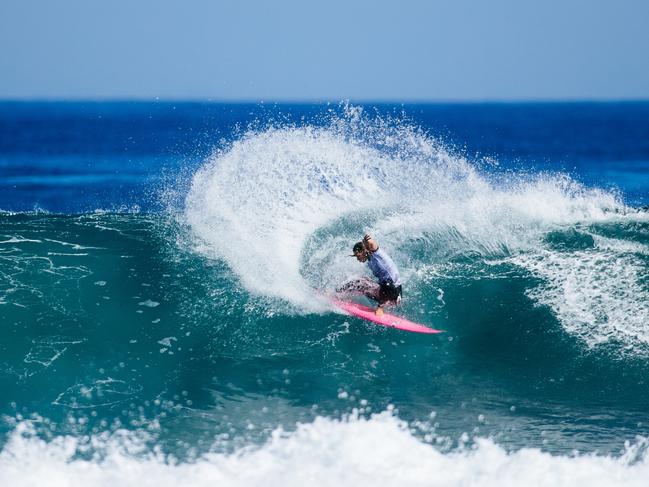
Long-time project hoping to pay off in Tahiti waves
A three-year program aimed at maximising sprint paddle performance and a top secret fin project has Australia’s four Olympic surfers primed to push for gold at the Paris Games.
Details behind the inner-workings of Surfing Australia’s Olympic preparations have been revealed for the first time as athletes Molly Picklum, Tyler Wright, Jack Robinson and Ethan Ewing begin their final run towards the Games, set to be held at Tahiti’s famous Teahupo’o surf break from July 27.
The governing body remains tight-lipped on the fin project but have shed some light on the industry-leading move it believes will enhance the performance of its athletes.
“Equipment innovation for us is a priority and we have brought together some of the key stakeholders in the industry, both in Australia and globally,” Surfing Australia’s Research and Innovation Manager Joanna Parsonage said.
“We spoke to coaches and leads in sports engineering to talk about what could be a performance enhancer for Teahupo’o but also for all wave locations.
“We ended up looking at innovative fin designs that would aid our Australian surfers and shapers.”
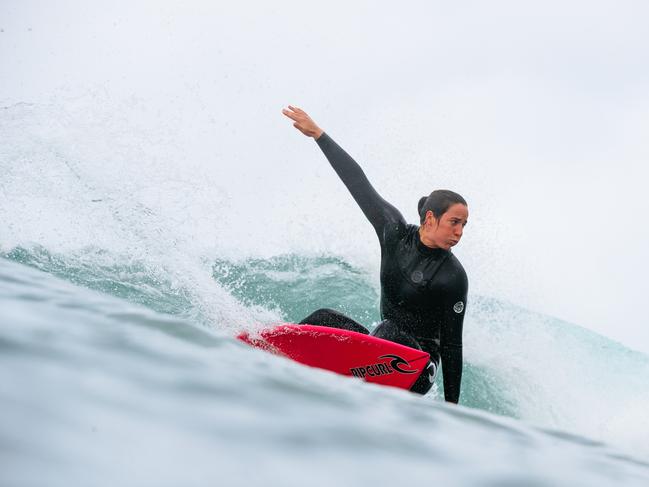
Dubbed the ‘Paddle to Podium’, the second project was launched following the announcement in early 2020 that Teahupo’o would host the surfing at the 2024 Olympics while it returned to the World Surf League’s Championship Tour from 2022.
For several years before the announcement the WSL had blocked women from surfing in waves like Teahupo’o, considered one of the heaviest and most dangerous, due to safety concerns.
Some current female tour surfers said they struggled to paddle on to the wave quick enough as Surfing Australia began working on a study to prime its athletes for the job.
“In surfing we have done a lot of stuff around getting stronger to paddle faster,” Parsonage said.
“But all the research was done in men and not women. No one has ever looked at how surfers paddle technique-wise. In swimming technique is huge.
“We spend around 45-50 per cent of our time actually paddling and then only four per cent riding waves so your paddling efficiency is significant.”
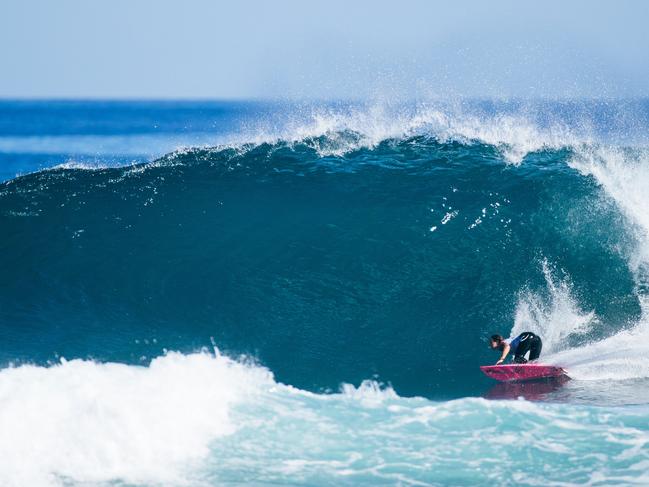
Surfing Australia analysed vision of surfers paddling in conjunction with coaches who found improved reach, decreased stroke count and the initial part of the underwater stroke were key.
It tested the speed and technique of 42 athletes, and then worked in conjunction with former Olympic swimmer and current Griffith University coach Thomas Fraser-Holmes to use the findings to improve the acceleration, particularly up to 5m, of surfers.
Retired Championship Tour competitor Keely Andrew was part of a two-week intensive case study to put the findings into practice, conducting 10 sessions of sprint paddling.
“She not only improved her speed but also her confidence and self-efficacy which is really important in waves of consequence. Knowing you have a skillset gives you a bit more confidence,” Parsonage said.
“We implemented paddle technique sessions into our Olympic camp with our four Olympians while one of our female Olympians also did a six-week training block with Thomas Fraser-Holmes.
“Because the surfers hadn’t been taught anything there was huge improvement. A lot of the time they were internally rotating so they were actually pushing water to the side instead of backwards.”
Wearable tech to go a long way in breaking Gold drought in Paris
When Australia’s beach volleyballers take to Eiffel Tower Stadium in pursuit of Olympic glory, they’ll have a competitive edge that’s already proving to be a gamechanger: wearable technology.
The sport’s top athletes are using powerful new analysis tools in their preparation for the games, unlocking access to a wealth of information.
The technology, worn under a player’s clothing, collects data about training load and work rate, as well as metrics such as jump height and distance covered on court.
Volleyball Australia beach volleyball coach and performance analysis manager Simon Naismith said the insights are critical to a successful Olympic preparation.
“Wearable technology allows us to better understand the physical demands on our athletes, which allows us to prepare them in the best way possible for elite performance while reducing the risk of injury,” he said.
“We now have a better understanding of the varying intensities of training drills, allowing us to flexibly adapt training depending on the expected outcome versus the data insights live wearable technology feedback is telling us.”
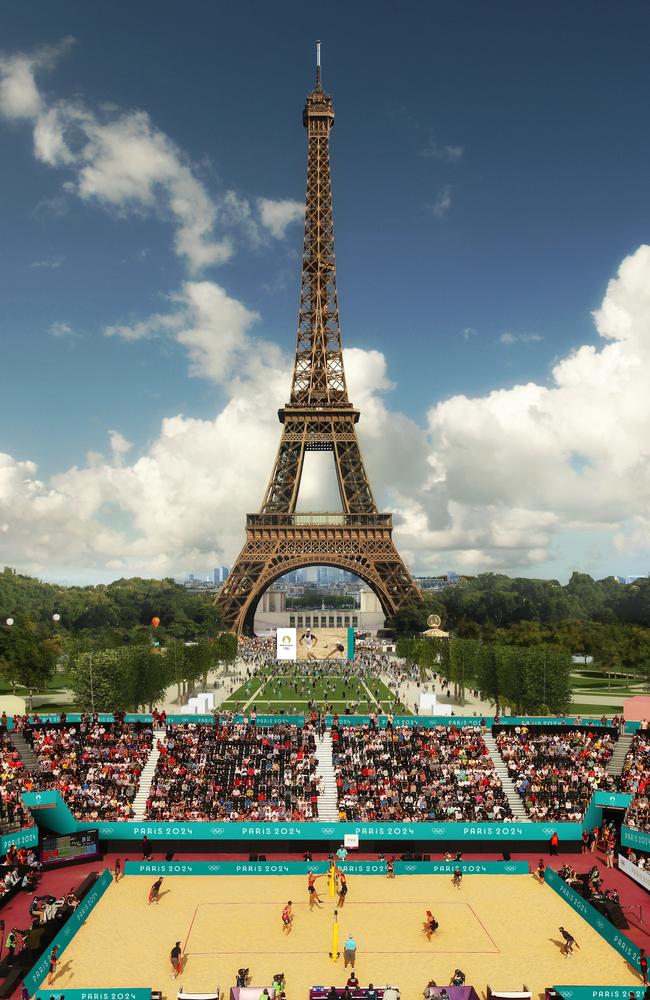
Australia’s last beach volleyball gold medal was at the Sydney 2000 Olympics, while women’s pairing Taliqua Clancy and Mariafe Artacho del Solar won silver in Tokyo.
Naismith said Australia had been an early adopter of wearable technology within beach volleyball, and was now using it to develop game styles to beat the world’s best teams.
“We are progressing and making gains over our competitors in this space, no doubt,” he said.
“We have been able to gain objective data to drive performance evaluation and enhancements, along with detailed opposition scouting at a level above and beyond our competitors.”
And it’s not just during training that the technology comes in handy.
Australian athletes that take to the scenic Paris beach volleyball stadium will be wearing the devices during their Olympic matches.
The teams will also have the benefit of BVBStats – an app that analyses the performance of the best teams from Australia and across the globe by looking at statistics and patterns.
“We can analyse our opposition from an attack point of view to create and plan our block and defence tactics,” Naismith said.
“We can also analyse their defence to provide insights on how we can set a game plan for our attack in the match.”
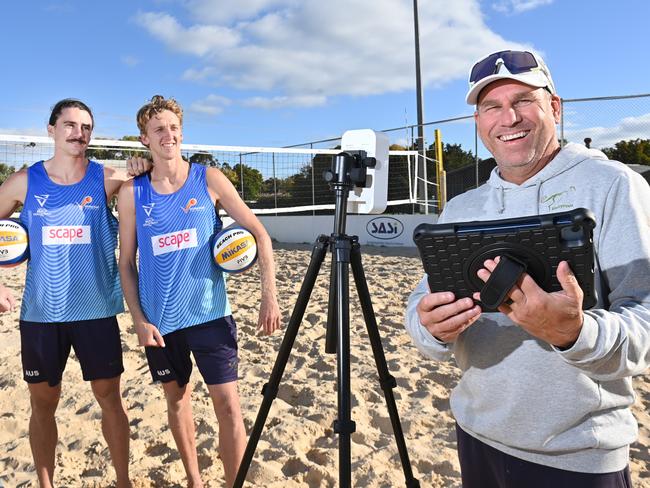
No coaching is allowed during beach volleyball matches, which makes it crucial that players are provided with tactical information in advance.
“This provides clarity in their match preparation so athletes can focus their attention on performance,” Naismith said.
“Australia is one of only a few countries implementing this bespoke analysis technology which we believe will create a competitive advantage for Paris 2024 and Olympic cycles to come.”
Olympics hopefuls Tom Hodges and Zach Schubert are among the athletes who have been using the wearable technology and tracking their performance.
Hodges said it had allowed them to make informed decisions about how much they should train.
“Particularly in our sport, there’s a lot of overuse injuries and in the past there’s been a lot of subjective data as to how hard the training load is whereas now we have easily accessible objective data to know how much we are training week-on-week,” he said.
“It makes a huge difference … the more time you can spend on the court training the better and to do that you’ve got to stay healthy and injury-free and this technology is a huge aid in being able to do that.”
More Coverage
Originally published as Inside Australia’s incredible tech advantage for the Paris Olympic Games




